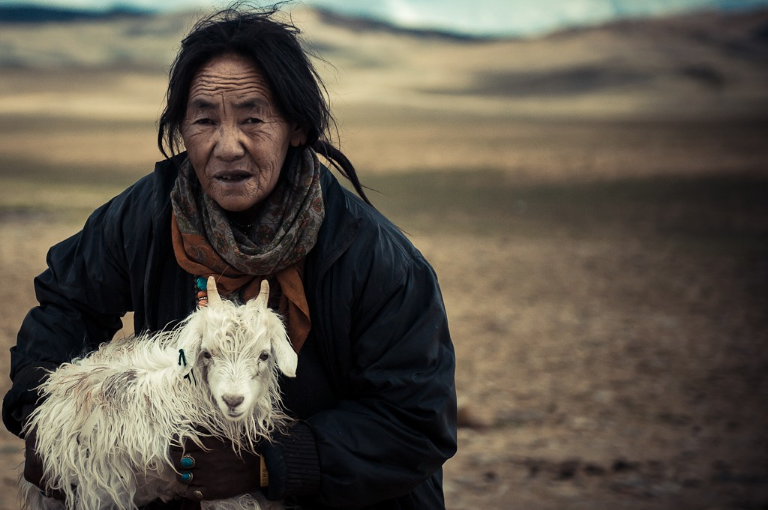The situation of nomads in India and Tibet is starting to change radically. The Tibetan government-in-exile is also very keenly aware of the change, but it itself does not know the solution. It is actually a development and evolution that cannot be stopped by will.
The main reason is that the children of nomads are not returning to the highlands. They now have access to quality education, which opens up the possibility of a better life – or a life in greater comfort and with greater security. After graduating from school, almost no young people from nomad families return and remain in central Ladakh or down in lowland India. Life at 5,000 meters is very demanding, and even during summer visits to the nomads we experienced snow showers.
Nomads take care of herds of goats and sheep, process milk, wool, drive the herds out to pasture, guard them from herds of wolves or snow leopards, and the threat associated with global warming and changes in weather is also growing. In winter, blizzards come, which were almost nonexistent before – heavy snow covers the sparse grass and cuts off the last food for the herds.
A new problem is the packs of wild dogs, which are increasingly multiplying. Ladakh is undergoing great development and the standard of living is increasing, which, however, mainly affects the middle classes in the cities. This is also associated with greater construction of infrastructure and construction of buildings, even in remote places. More workers are needed (potentially more income for the nomads themselves), who throw away more waste and scraps, which keeps packs of wild dogs in remote areas, which multiply and become aggressive. In recent years, they have even started attacking herds of goats and sheep. They are a direct threat to Tibetan and Ladakhi nomads.
The generation of nomads who currently live traditionally is getting older. Most of the nomads are over 45 years old and their children are no longer returning. We asked them if they like their lifestyle or would rather leave. They all told us that they would not leave the highlands and their herds for anything in the world. They love their life in the mountains, even though it is very harsh. It is only thanks to you and the Goat ProTibet project that the most vulnerable people can stay and preserve this traditional (and endangered) way of life.
Mrs. Dolma is an example. We have had her for adoption for many years, and only thanks to adoption and the Goat ProTibet project can she continue to live the way she is used to and wants to live. Mrs. Dolma gave birth to her 8 children in a nomadic tent. The eldest son works in the army, the other children are still studying. Her herd is small and cannot support the family, so her husband works as a seasonal worker on road construction. Mrs. Dolma is alone in the tent in the middle of a high plateau at an altitude of 4,900 m above sea level. She takes care of the goats and sheep herself, leads them to pasture, hunts them down in the evening, protects them from wolves, milks them in the morning, processes the milk into butter and cheese, and the wool into yarn from which she weaves carpets. However, she could not have stayed without the support of kind donors. The proceeds from the Goat ProTibet project supported the expansion of her herd and also the purchase of a few bags of goat feed for the winter in case it snows and the goats do not dig for grass.























